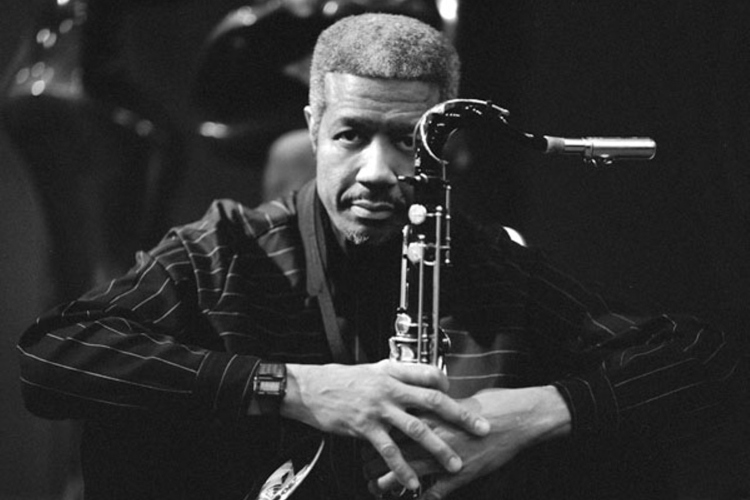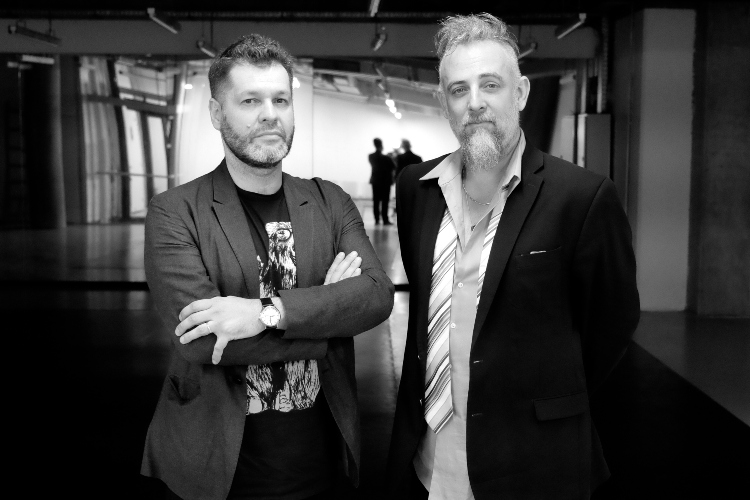Singing Through the Horn: A Conversation with Billy Harper (Part Two)
|
Getting your Trinity Audio player ready...
|
We continue our conversation with the great Billy Harper by discussing the beginning of his professional career in New York, his work with Lee Morgan and Gil Evans, the representation of Black artists in popular culture, and his compositional process. You can check out part one of the interview here.
PostGenre: A little earlier, you mentioned musicians leaving Texas after they graduated from college. Where did most of these musicians go?
Billy Harper: Most went to California.
PG: You went to New York. Why not California like so many others?
BH: It was the music. My uncle had me listening to jazz music when I was little, and all those musicians I listened to were in New York. I knew that was the place I had to go to develop further in the music.
PG: So, you moved to New York in 1966. In those days, the New York metro area had about eleven times the population of the Houston metro area. It must have been quite an adjustment. Is it true that on only your second day in New York someone robbed you of everything you had, except for your horn?
BH: [Laughing] Oh, you heard that one, huh? Yeah, it is true. I guess that was my introduction to New York. It was a very raw place. It was a jungle of sorts, and I had to adjust.
PG: But it seems, musically, you found what you were seeking. The first group you worked with in New York was a band with Elvin Jones, Freddie Hubbard, McCoy Tyner, and Reggie Workman.
BH: That’s right.
PG: That is a heck of a group to start with.
BH: I was just lucky enough to be chosen to be on a special TV show back then called ‘The Big Apple.’ The show interviewed various people – a model, an actor, a business person, and a musician. I was chosen as the musician, had the chance to pick the group to work with, and selected that group.
PG: Were the other musicians people you had listened to recordings of back in Houston?
BH: Not particularly. Sometimes I heard them, but when I was coming up, their music didn’t connect with me as much as some of the more local musicians. The big guys in Houston were like Don Wilkerson and Dick Lillie, who we called “Dickie Boy.” I also listened to some of the big guys in Dallas, like James Clay.
PG: By 1967, you started working with Gil Evans, something you would continue for several years. As a composer yourself, how do you feel your experience with Evans shaped your compositional approach?
BH: Gil would sometimes take a solo I played, transcribe it, and turn it into a song. Of course, I felt very encouraged by that. Gil understood and heard me. He really heard me, which helped quite a bit in getting the confidence to write my own music.
PG: When you are composing, do you usually start with improvisation and build something around it as Evans did?
BH: Sometimes. And sometimes, my pieces just come out of the blue. When that happens, I write it down if it sounds special to me and then further develop it later.
PG: Is there one of your compositions that you are particularly proud of?
BH: No. I can’t think of them in that sense because sometimes it seems as though the music comes from above to me, and then I write it down. Each time that happens, it is very special to me.
PG: In terms of the music coming down to you, Sonny Rollins has stated that he is the conduit of music coming from a higher power. Do you see music that way as well?
BH: Yeah, I see something like that. I feel like there’s a connection to a message in the music that I’m supposed to express. I feel like I’m supposed to say something about the music to the listeners who want to hear it.
PG: Do you find new things in your compositions when you revisit them years later? For instance, playing “Dance, Eternal Spirits, Dance!” [Black Saint (Black Saint, 1975)] with the Cookers [Time and Time Again (Motema, 2014)].
BH: Definitely. Some of the songs I’ve written before sound kind of new to me when I play them again because I haven’t played them in such a long time. And even songs I’ve played recently with the Cookers sound new to me when I play them with my own band.
PG: Jumping ahead a few years from when you started with Evans, you worked with Lee Morgan in the early 1970s. You were even on the stage with him at Slugs when he died. What enjoy most about working with Morgan?
BH: Well, I remember when I was starting on the horn I had heard about Lee Morgan and how he was the new thing in New York. I felt lucky to have had him ask me to play with him. He was the young hopping guy, and it was great to play with him.
PG: You and Morgan, along with several other artists, were also part of the Jazz and People’s Movement, which was dedicated to improving the representation of Black artists on television. Do you feel the representation of Black artists has at all improved in the last fifty or so years?
BH: Maybe a little, but there has not been a significant improvement. We musicians could be doing a whole lot more. I think the general public does not get a chance to hear the music. They’re not exposed to it, so they have no idea whether they like the music. They have a different perception of what jazz is and, based on that, assume it is not for them.
PG: Why do you think that is?
BH: Just how people are brought up in this country, I suppose. Jazz is mainly created by Black musicians, and people being more removed from cultural exposure is what keeps them from being into the music starting at an early point in their lives. It is a continued effect of segregation, I suppose.
PG: Does that tie into why you have spent so much time in Europe and why so many of your recordings are for European labels?
BH: I suppose so, yeah. Without thinking about it, European audiences seem much more open to the music because they can go directly to the music. There is less having to grapple with the stereotypes and the racial problems existing in the US when you are trying to access the music.
PG: One of those albums you made in Europe that stands out is Black Saint (Black Saint, 1975). How did that recording come together?
BH: At the time I was playing in a lot of countries across Europe, and someone forming a record company came to one of my shows and asked if I had any music I wanted to record. I don’t know how they came up with the name ‘Black Saint,’ but they named the album that first, then gave the name to the whole company.
PG: Another of your excellent albums from the early to mid-70s, albeit for an American label, was Capra Black (Strata-East, 1973). In general, you made a lot of great music during the 1970s, an era during which neo-traditionalists claim that jazz was “dead.” Do you have any thoughts on the supposed death of jazz?
BH: Yeah, it never died. I never felt that way about the music. I think what happened was that those people who could have promoted the music back then often didn’t for one reason or another. But the music never died. The musicians lived, and the listeners did too. That connection between artists and the audience was always alive. And it still lives.
Billy Harper’s 80th Birthday Celebration will take place at SMOKE Jazz Club in New York from January 5, 2023 to January 8, 2023. His group for the shows will include Josh Evans, Benito Gonzales, Lonnie Plaxico, and Billy Hart. More information on the concerts can be found here.
More information on Harper can be found on his website.




One thought on “Singing Through the Horn: A Conversation with Billy Harper (Part Two)”